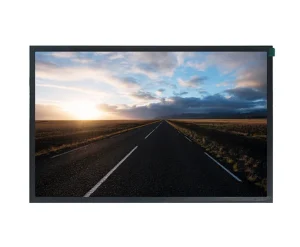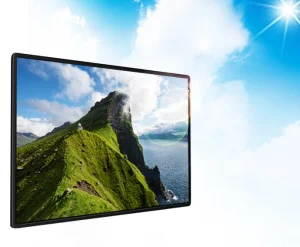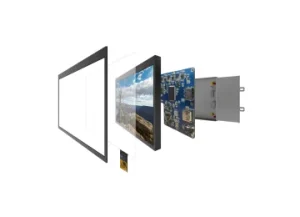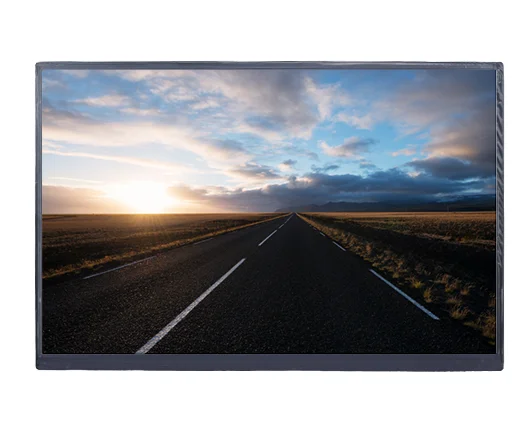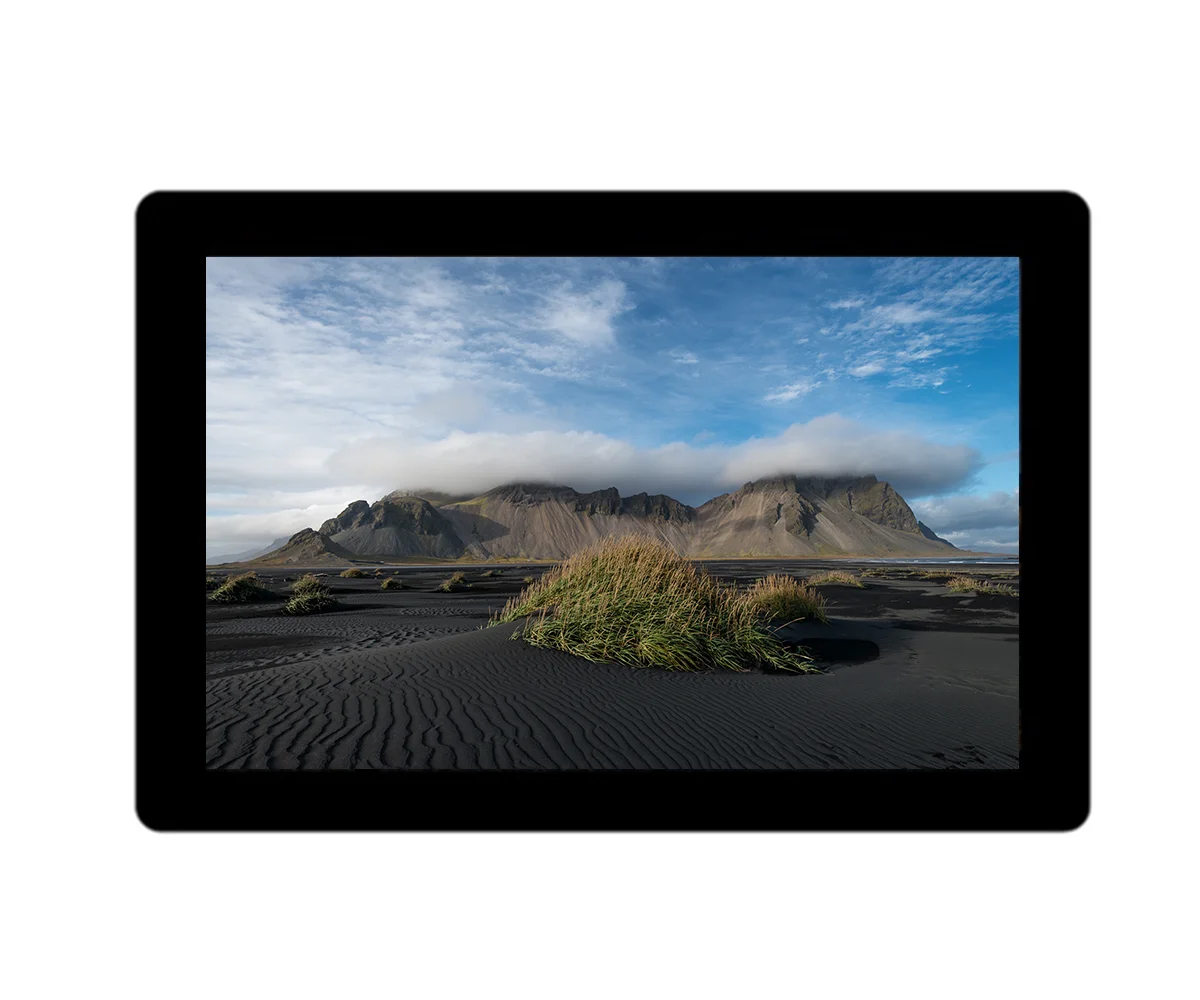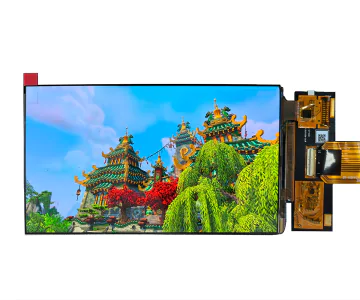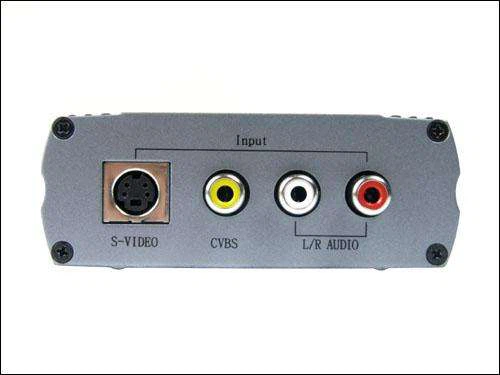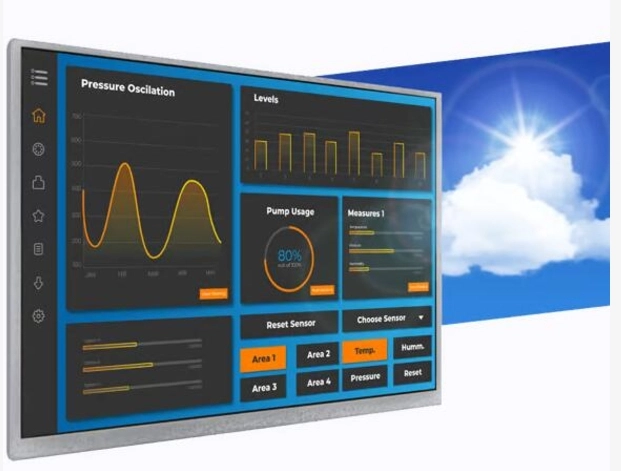In the high-speed world of healthcare, point-of-care devices are at the forefront in the provision of immediate medical attention and diagnosis. These range from simple vital signs monitors to complex portable ultrasound machines that rely greatly on displays for delivering crucial information to healthcare professionals. It is important that appropriate medical displays be chosen for POC applications, ensuring accuracy, efficiency, and patient safety. This blog examines some of the key considerations in choosing medical displays for POC devices.
Understanding the Importance of Displays in Medical Devices
Displays represent the interface between caregivers and the critical information that these devices deliver. They need to be legible, trustworthy, and intuitive to interpret, even under adverse conditions such as operating rooms, emergency rooms, and ambulances. Ambient light, viewing angle, and glove use can greatly affect the readability of a display.
Key Considerations for Selecting Medical Displays
1. Optical Performance:
High Brightness and Contrast: The lighting condition often changes in a medical environment. A high-brightness display, more than 1000 cd/m², would provide better visibility in bright conditions. High contrast will enhance the clarity of images and help differentiate details with more clarity.
Wide Viewing Angles: Clinicians must, at times, look at these displays from all sorts of positions. Most IPS monitors boast viewing angles of 178° or even 179° for clear visibility from almost any standpoint.
Colour Precision: Colour display precision is highly critical to diagnostic imaging. In many applications, say for example, in viewing X-rays or images of different organs, the accurate rendition of shadows and grayscale variations may become necessary.
2. Reliability and Durability:
Industrial-grade components: The nature of point-of-care devices makes them subject to various manipulations and movements very frequently. Applying displays made from industrial-grade components equips those displays against shocks, vibration, and extreme temperatures.
Longer Lifecycle: Medical devices generally have longer lifecycles. Very long spans with easily available spares for the display minimize outages and frequency to replace them.
ESD Protection: Electrostatic discharging can have some potential for damage regarding sensitive electronics. Thus, ESD protection in a medical display is very useful to protect it from malfunction.
3. Touch Functionality
Glove Compatibility: Health professionals typically wear gloves during work; hence the touchscreen technology needs to be chosen so that touch and actions are responsive enough using medical gloves.
Fluid Resistance: Medical environments can expose displays to fluids. Fluid-resistant touchscreens prevent inadvertent inputs and keep the screen operable. More advanced touchscreens have fluid detection features, which lock the screen until cleaned, preventing life-threatening touch errors.
Touchscreen integration: The incorporation of the touchscreen with an LCD panel affects the quality and reliability of viewing. Optical bonding involves injecting polymer glue into the gap between display and touchscreen and offers better reliability and viewing properties than tape bonding.
4. Certifications and Compliance:
Medical Safety Standards: Medical displays must follow various strict safety regulations. This includes IEC 60601-1, for the safety of medical electrical equipment, which also addresses the safety of patients and operators.
Electromagnetic Compatibility (EMC): All medical equipment will emit some electromagnetic radiation, which may interfere with other medical devices. Electromagnetic Compatibility regulatory compliance means the display is not interfering with any sensitive device.
5. Size and Resolution:
Screen Size: The screen size should be commensurate with the amount of information to be conveyed and the intended application of the device. Large screens give a better immersion effect but are not practical for every application in POC.
Resolution: Higher-resolution displays provide sharper images with greater detail. This is particularly critical in diagnostic imaging. Consider the amount of detail that the particular application requires.
6. Connectivity and Interface:
Interface Options: The POC devices have interfaces like LVDS, MIPI DSI, HDMI, and USB. Choose a display that is compatible with the output interface of the device.
Customization Options: Some medical device manufacturers want customized displays to suit design requirements. Display suppliers must be able to offer various customization options, including pinout modification, cable customization, and housing design.
Kadi Display: A Trusted Source for Medical-Grade Displays
Kadi Display, a well-established display manufacturer with two decades of industry experience, specializes in providing high-quality displays for various applications, including medical devices. Their commitment to professional guidance, tailored products, and superior quality makes them an ideal partner for medical device manufacturers.
Kadi Display’s 10.1inch IPS 1920×1200 TFT LCD with LVDS Interface is an excellent example of a display well-suited for demanding POC applications. It boasts features like:
High Resolution: The 1920 x 1200 resolution provides clear, detailed images down to the dot, which is critical in the case of presenting complex medical information.
IPS Technology: Wide viewing angles assure that clarity remains uninterrupted regardless of the viewer’s position around the display. This easily allows multiple health professionals to view the screen at once.
High Brightness: With brightness of 1000 nits, the display becomes easily readable in well-lit areas.
LVDS Interface: LVDS or Low-Voltage Differential Signaling provides a reliable and high-speed interface for data transmission.
Kadi Display’s ability to offer customization services makes them even more attractive to the manufacturer of medical devices. They can customize the display by:
Pinout
FPC and cable design
Housing for easier assembly
Backlight brightness and thickness
Interfaces: TTL, MIPI, EDP, DP, HDMI, Type-C, VGA, and USB-A
Conclusion
Selecting the right medical display for POC applications is complex and requires great consideration on many factors. By focusing on optical performance, reliability, touchscreen functionality, certifications, and customization options, healthcare providers can ensure that their POC devices provide the accurate, timely, and safe delivery of patient care. Partnership with a good display manufacturer like Kadi Display will facilitate smooth navigation in display selection and offer the best solution for your particular needs.
Latest Blog & News
- How VCOM & VGL Voltages Impact LCD Afterimage: A Technical Deep Dive
- Capacitive vs. Resistive Touch Screens: A Complete Guide to Differences, Advantages, and Applications
- How Does a Reflective LCD Display Work? A Comprehensive Guide
- What Causes Lines in LCD Display Modules? (And How to Fix Them)
- What is the difference between Edge-Lit and Full-Array Local Dimming?







